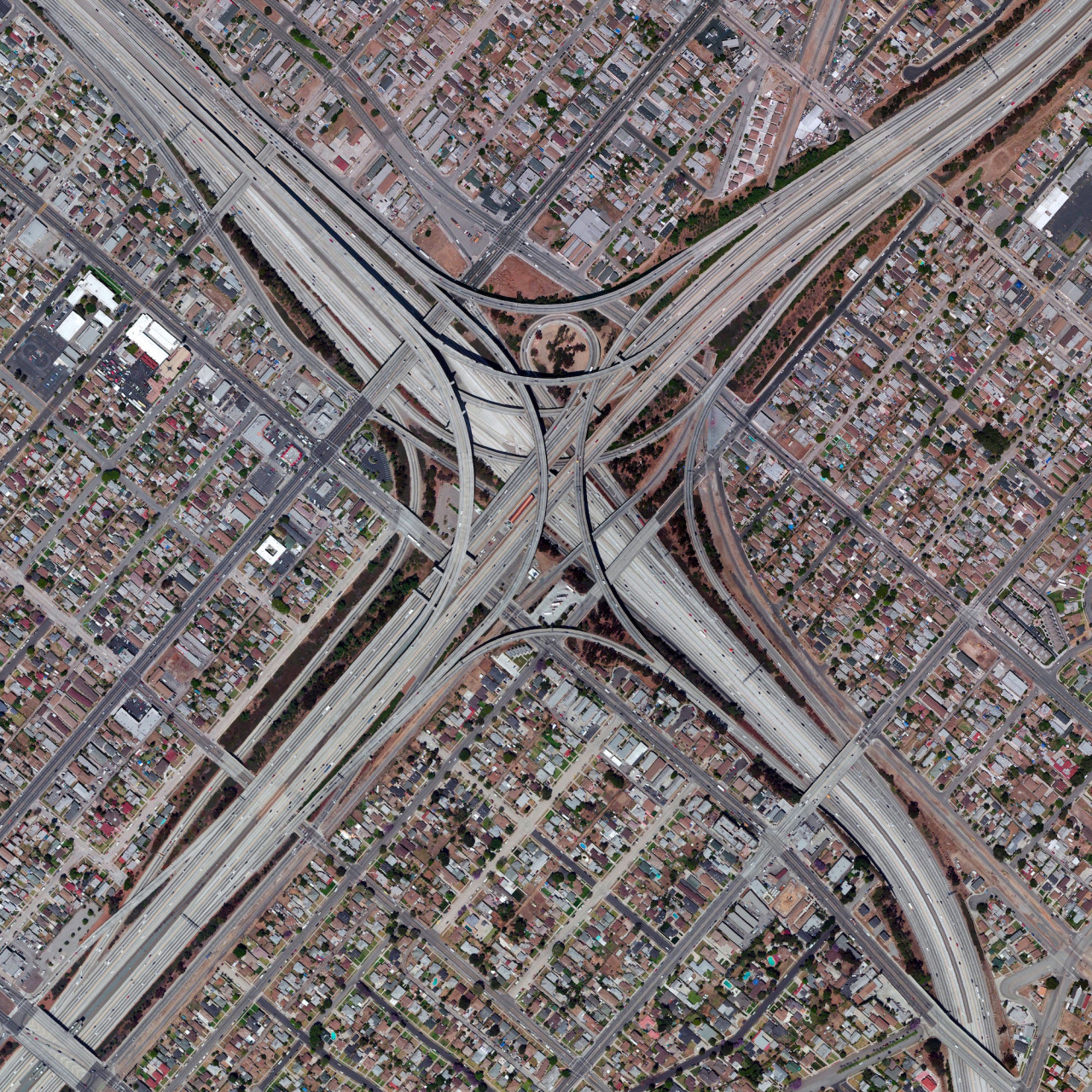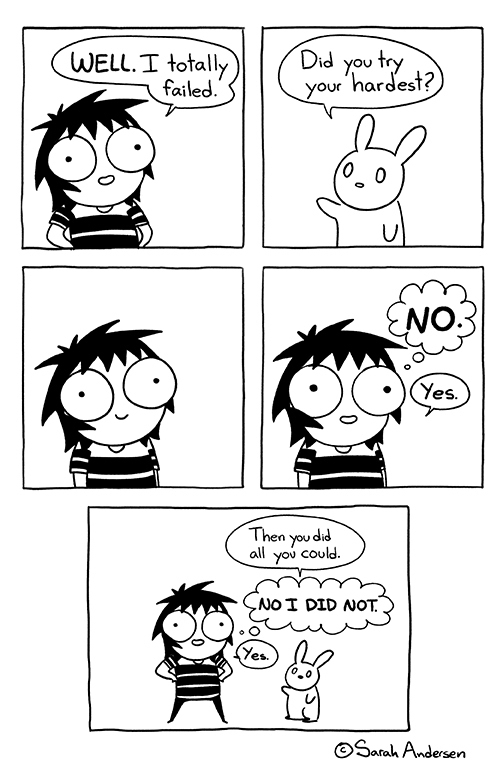agua-de-guayaba:there’s literally no doubt in my mind that the entirety of the San Junipero episode of Black Mirror was based on this picture and that is….fine tbh
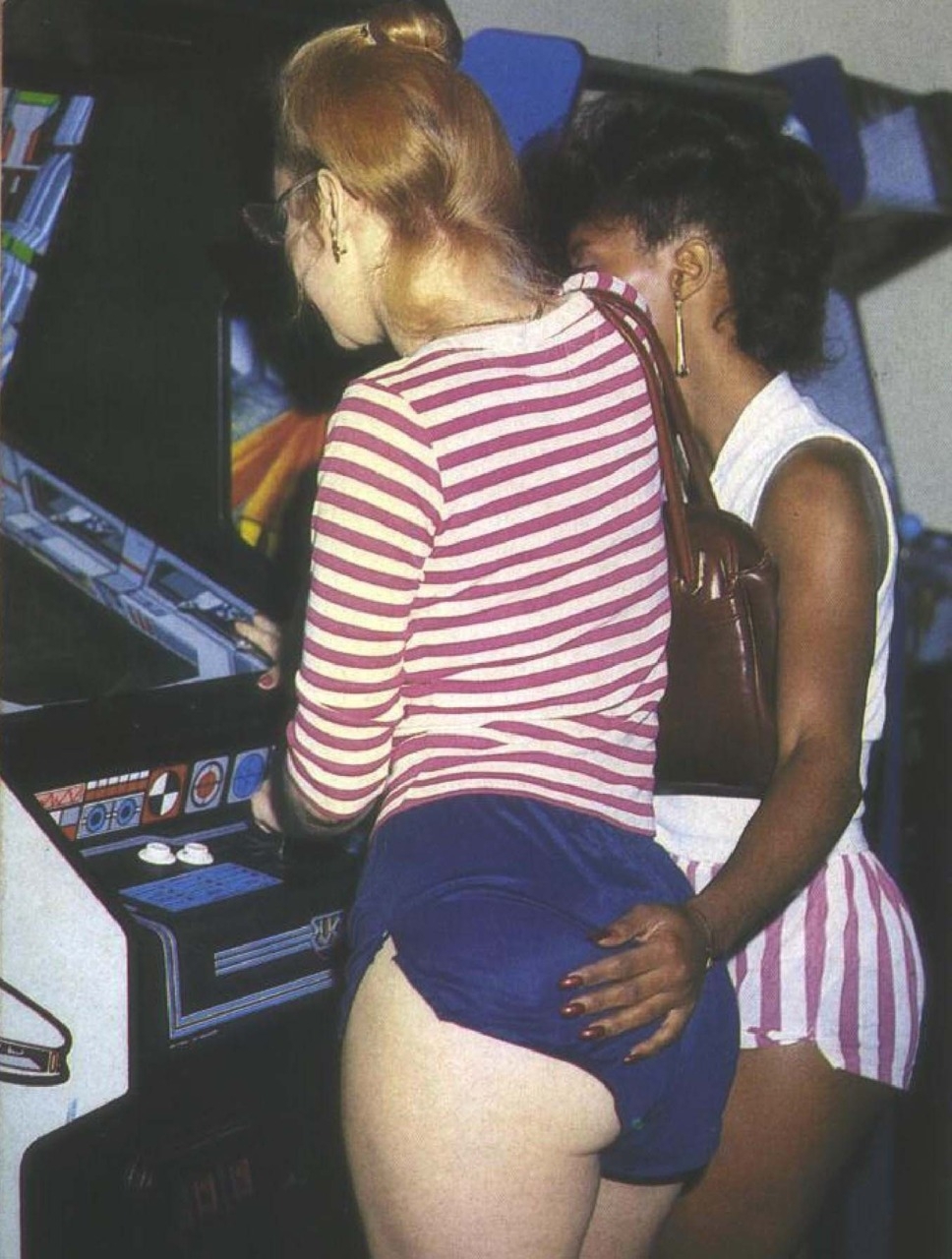
laurenrweinstein:I’m starting a meditation retreat… www.villagevoice.com/arts/cart… #normelperson @villagevoice
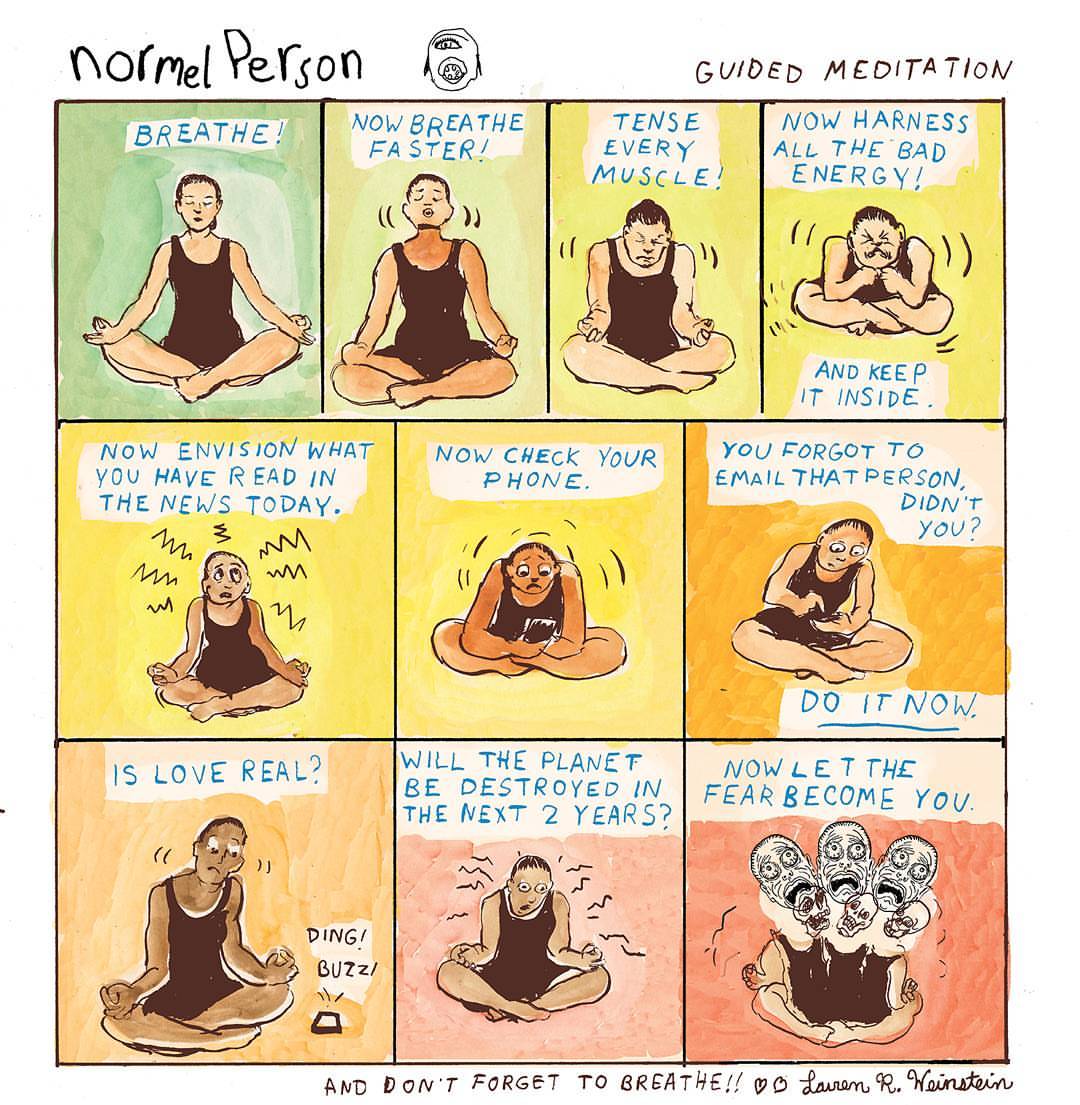
paperhound:
Meteorology might seem like a dry topic, but actually (brace yourselves) it’s also blustery, frosty, humid, frigid, and most compellingly of all: nebulous. In accordance with our sense of poetic allocation, books on topics atmospheric and celestial are shelved up high, under the common classifier “The Heavens”. One must crane one’s neck to view them, and browsers rarely do, but (in this unbiased author’s opinion) it is well worthwhile. And particularly so with the recent addition of Soft Skies of France, a remarkable little American photographic essay whose thesis states that French cloud formations are unique globally, and that “the skies which hover over France have a limpid quality found nowhere else”. Sentiment and science collide on our highest shelf!

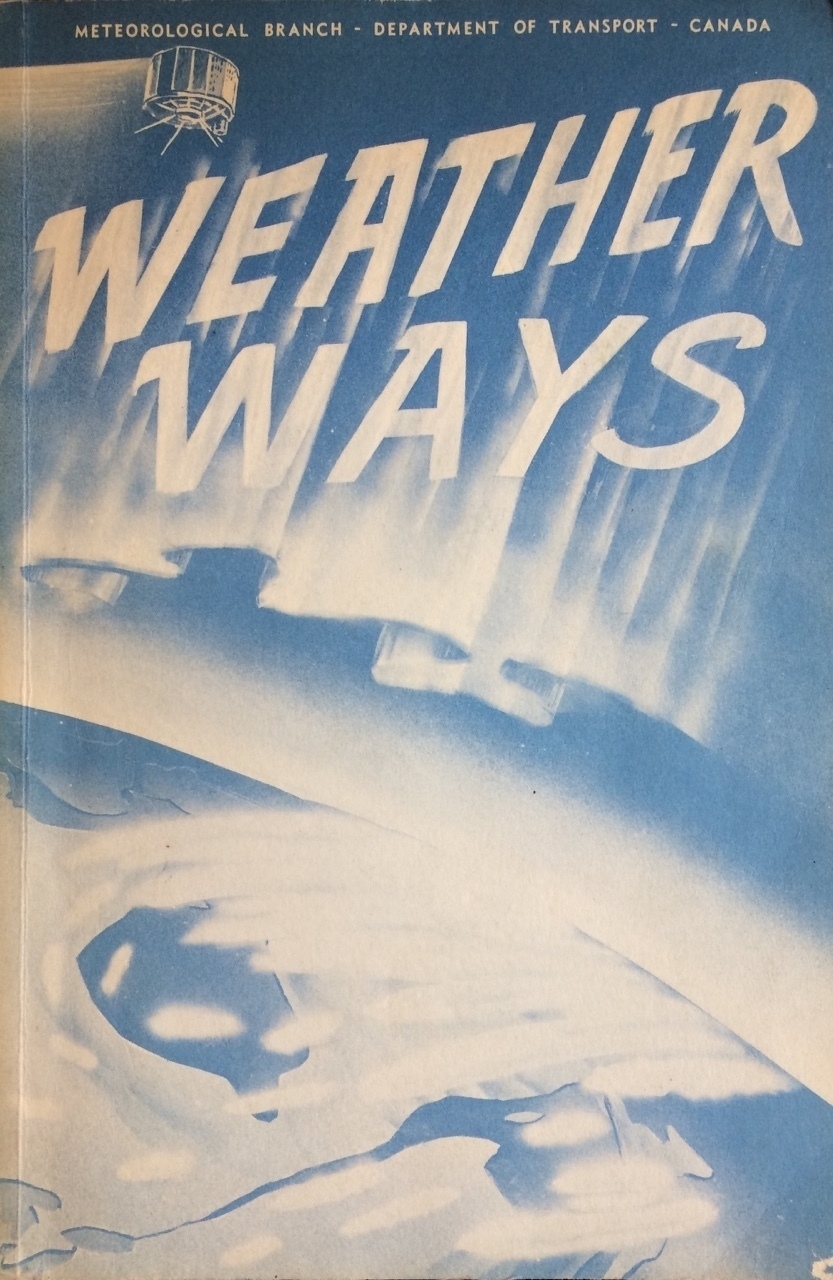



mrstsk:
In the magazine section of a Japanese bookshop I flutter like a butterfly from shelf to shelf. Oh look, i-D has relaunched its Japanese edition, last seen in the late 1990s! Oh look, ku-nel has gone catalogue-style, the penultimate stop before magazine oblivion. And look, Ayumi Ohashi is telling us that the new Arne magazine — featuring a cover story about Mallorcan straw basket weavers — will be the last.
A full-page image in Milk Japon catches my attention. Milk is a French magazine with a Japanese edition that may well outsell the French one, and that fascinates me as an example of the “Europe in Japan” phenomenon: Japan’s tendency to filter and edit and remake Europe to suit its own preconceptions, tastes and needs.
Milk is a children’s fashion magazine, and this photo poses a girl against a shelf of books in a Paris library. It’s that paper-white part of the library featuring belles lettres, mostly volumes of poetry and fiction published by Gallimard’s Nouvelle Revue Francaise (nrf) and Les Editions de Minuit. The creamy-stark whiteness of the spines makes for a unique European ambience, far from the dark sheen of an Anglo-Saxon Victorian leather-bound library, or the ugly and garish array of a neoliberal Anglo-Saxon bookshop.
This is the latest publication from Les Editions de Minuit, and as you can see they’re one of the rare publishers wise enough to have stuck to their original, austerely elegant generic format. It’s a design — reminiscent of classical music folios — struck during the war, when austerity was necessary in France, and preserved ever since, so that a faithful collector of Minuit volumes could, in theory, have kept adding to the whiteness of her shelves for eight consecutive decades, achieving the look of creamy liberal-humanist “enlightenment” captured in the Milk photo.
I have a few similar volumes in my Osaka apartment, although not enough to get a whole shelf to glow with that French look — a look I remember being impressed by in London’s foreign bookshop Grant & Cutler. It’s a Latin cultural thing: in Grant & Cutler the French books led smoothly into the Spanish and South American sections, for they shared a spiny lightness and a simplicity of design which, though austere, could also be sensual (the transparent onion-paper around my Claudel, for instance, is delightful).
Milk Japon’s decision to photograph a girl amongst pale library books has all sorts of resonances. A child is growing up in a civilised, intellectually enriched, liberal-humanist environment. The books represent decades of quiet, thoughtful time she might have ahead of her. It’s a reminder that, for the Japanese, Paris is not just a world centre of fashion — of couture — but also of culture seen as a cute accoutrement, a lifestyle accessory that speaks to the Japanese soul of relaxing leisure time, refined sensuality, coffee, baguettes and Breton fishermen’s shirts.
The images of Japanese girls posing with books in the Bookgirls Tumblr show that Japanese books have a similar pallor, particularly in newly-fashionable, artily-curated secondhand bookshops like Osaka’s LVDB. Here — as in the wa cafés equipped with blankets, kerosene heaters, old books and cameras, vinyl LPs — the best of the physical, retro world (everything, in other words, that isn’t on your iPhone screen) is collected together and made new, young and sexy again.



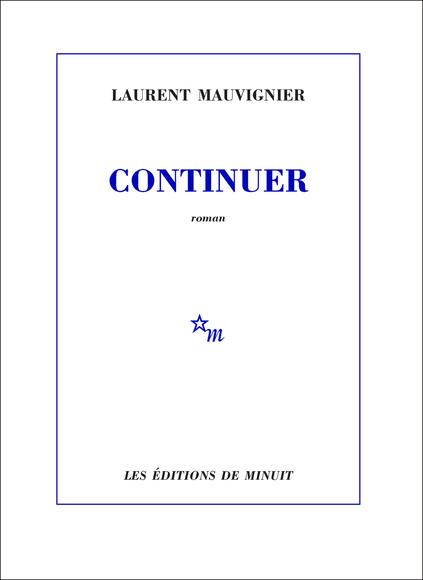

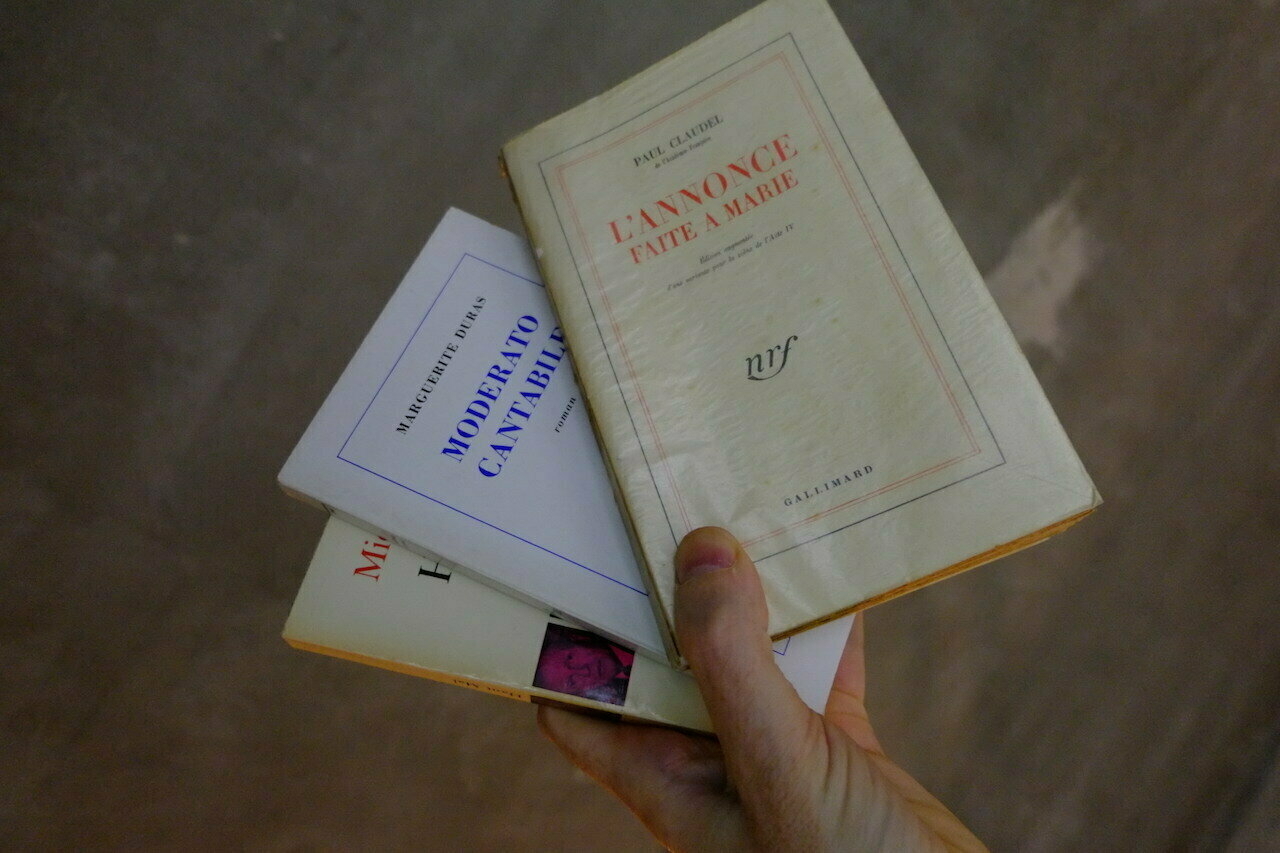

(via www.youtube.com/watch)























